On this day (September 25) in 1954, George Jones released “You All Goodnight.” It was his third single for the small Texas-based label, Starday Records. While the song failed to chart upon its release, it is interesting to hear today because it allows listeners to hear the beginnings of a man who would become the greatest country singer in history.
Videos by American Songwriter
Today, Jones is hailed as one of the greatest singers in country music history. Legendary figures like Roy Acuff and Waylon Jennings wished they could sing like him. “If we could all sound like we wanted to, we’d all sound like George Jones,” Jennings famously said. However, in the early 1950s, that was far from the case. Instead, Jones was doing his best to sound like his heroes–Lefty Frizzell and Hank Williams.
Jones co-wrote “You All Goodnight” with Madge Broadway. So, it shows that he wasn’t just taking vocal cues from Williams and Frizzell. He was also trying to follow their writing style. However, this early imitation isn’t the only takeaway from the early single. The production quality is vastly different than his future work with superstar producer Billy Sherrill. There’s no shine to “You All Goodnight.” No backup singers, no string section. It’s rough and raw.
George Jones Recorded “You All Goodnight” in a Living Room
George Jones recorded “You All Goodnight” and several other singles in the living room of Starday Records associate producer Bill Quinn. He recalled the slapdash sessions during a 1994 interview with Texas Monthly.
“There was no such thing as production at Starday,” Jones said. “We’d go in with the band, we’d go over the song. I’d look over and tell the steel player to take a break or kick it off, and I’d get the fiddle to play a turnaround in the middle. I’d just let them know if we were going to tag it or not,” he recalled. “We’d go through it. We didn’t take the pains of making several takes. Back then, over three or four takes, they’d say, ‘My God! This is costing us money.’ So we’d just get it down as good as we could,” he added.
At the time, producer Pappy Daily wasn’t concerned with perfection or production value. “If we went a little flat or sharp in a place or two, they’d say, ‘The public ain’t going to notice that, so put it out.’ So we did, and it wasn’t too successful, so I think maybe the public did notice it,” he recalled.
Featured Image by Michael Ochs Archives/Getty Images

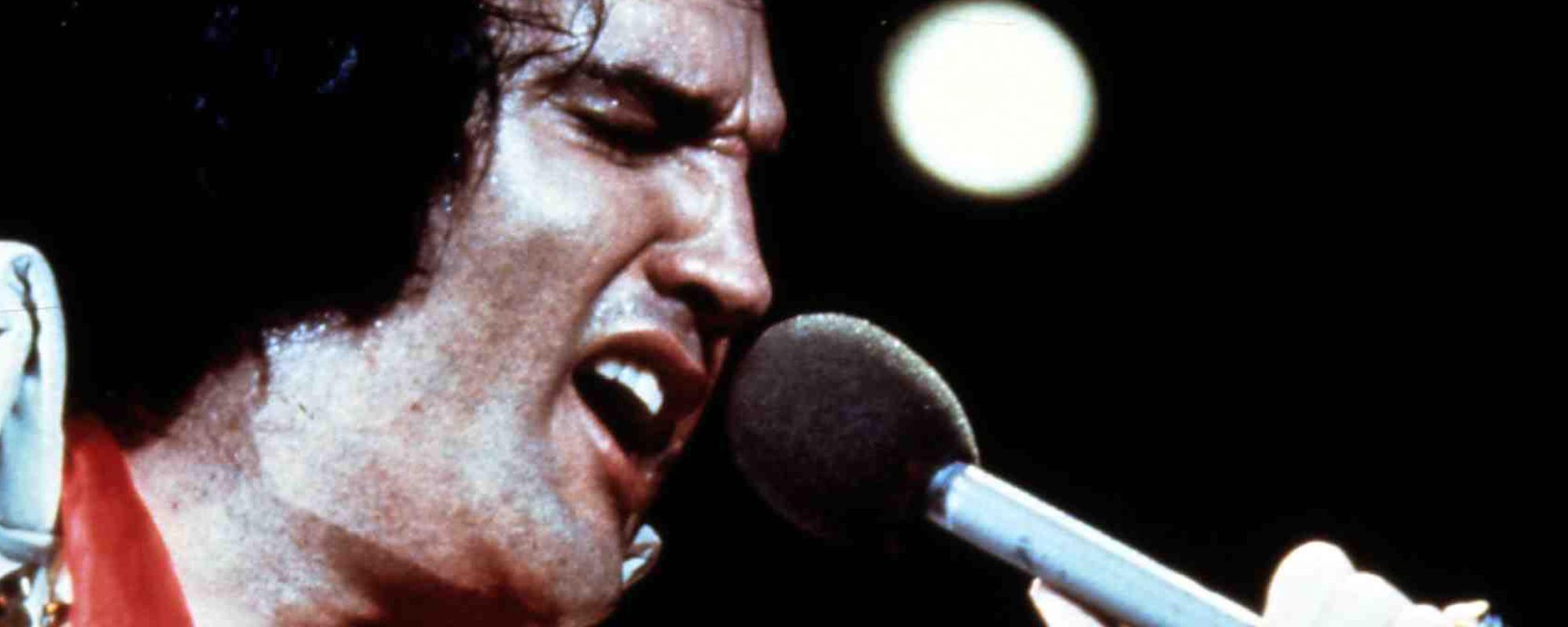
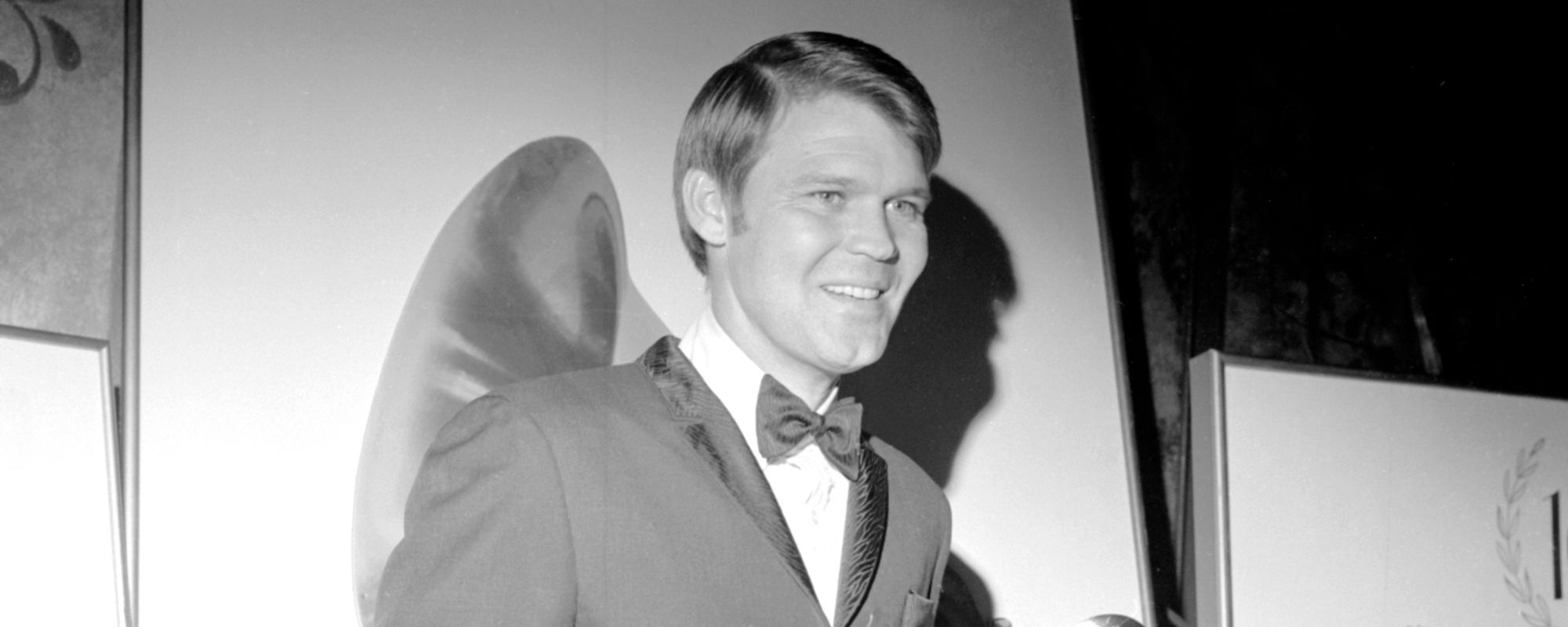
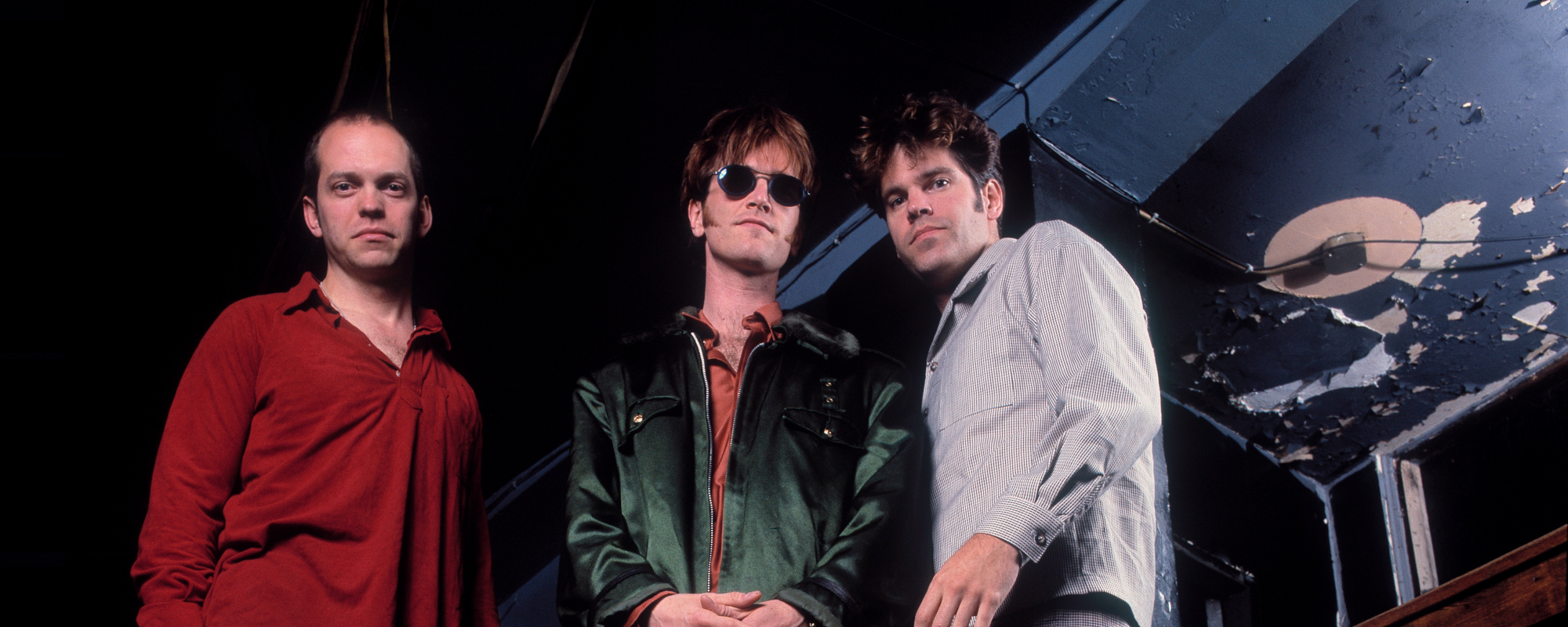
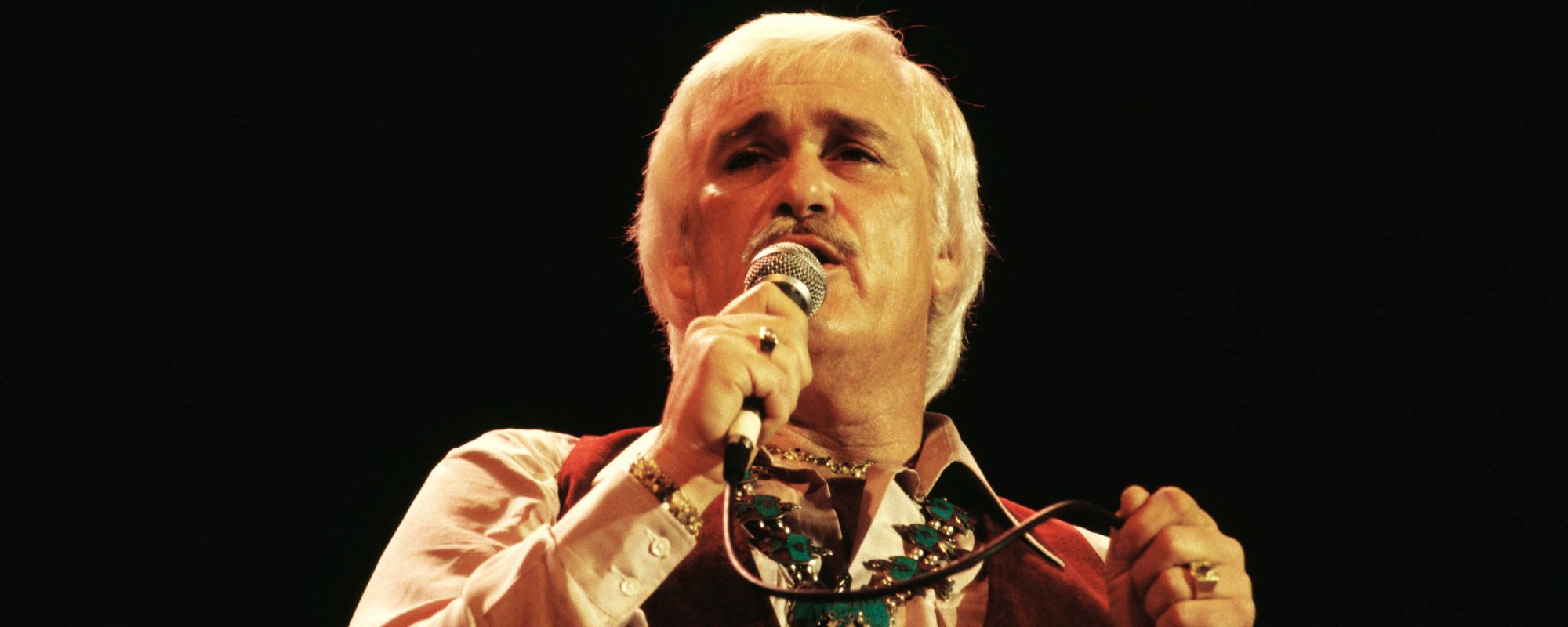
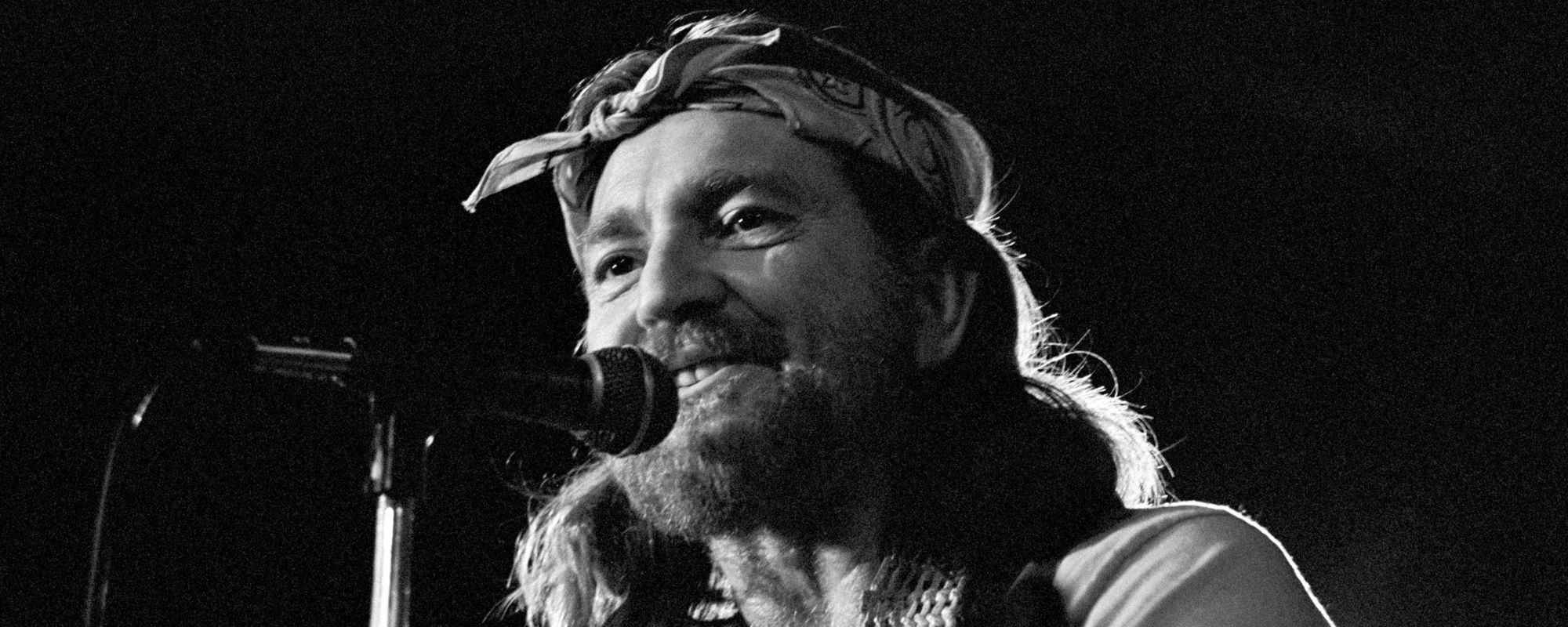


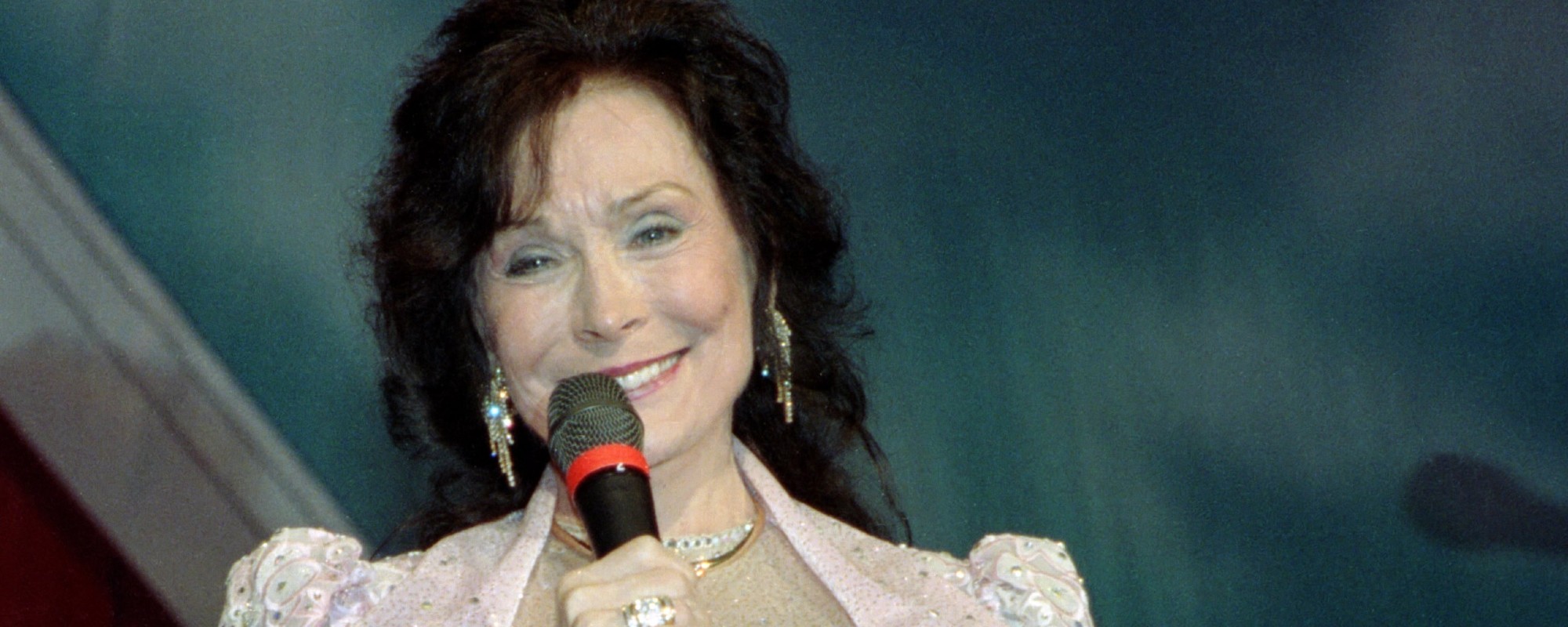
Leave a Reply
Only members can comment. Become a member. Already a member? Log in.